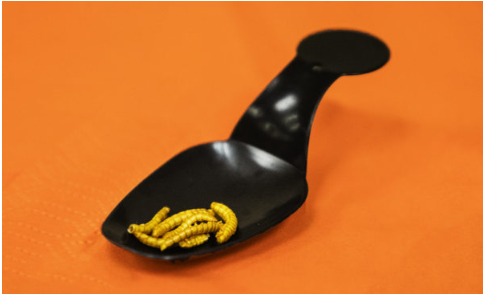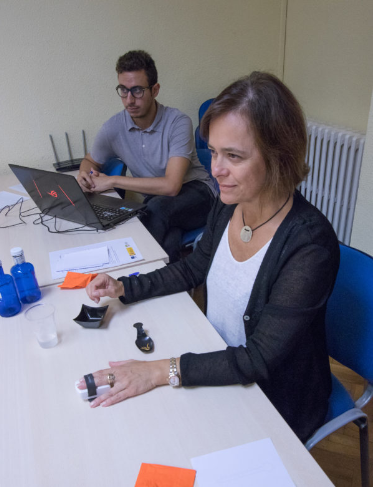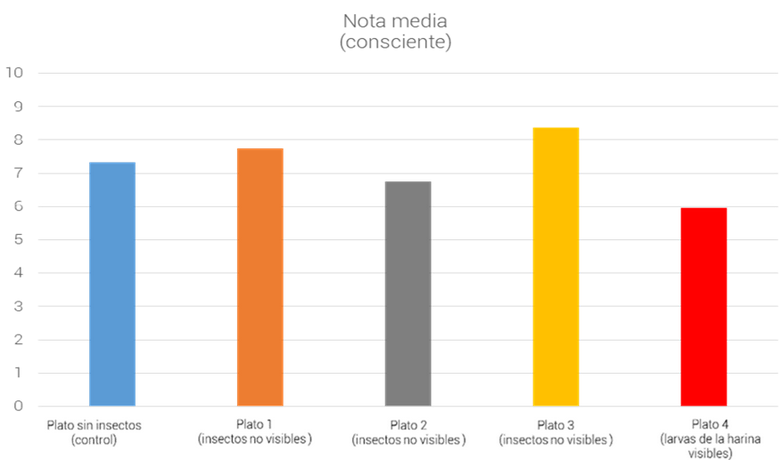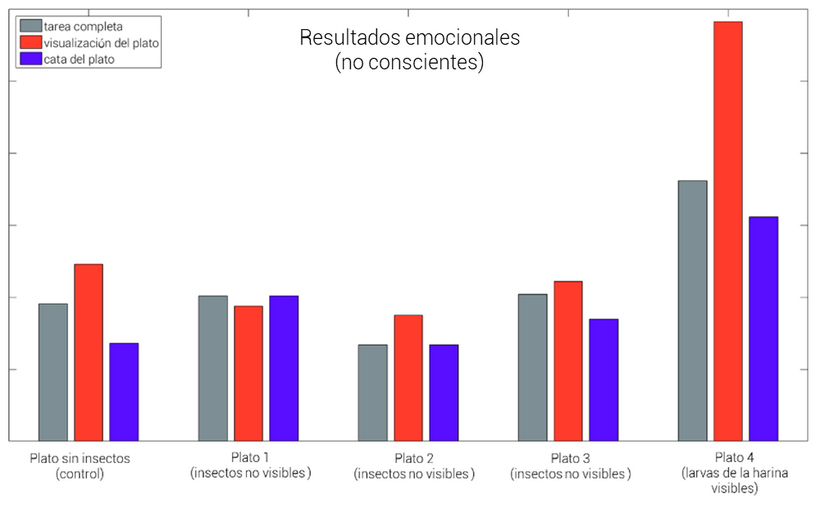Entomophagy, or insect consumption by humans, is not a novelty to anyone. Diets based on insects and arthropods are fully accepted in many countries and cultures, especially in South America, Asia or Africa. Even they are a real delicacy for some gourmets experts, for which they pay very high prices. There are markets for edible insects, at prohibitive prices, in cities such as New York, Tokyo, Mexico or Los Angeles, and some of the most famous international chefs include them in their famous recipes.
They do not have a single fault, nutritionally speaking. They are a balanced and healthy food, with high protein content, rich in essential amino acids. They are an important source of unsaturated fatty acids and chitin, besides of having vitamins and minerals beneficial for our body.
However, it is true that these ‘bugs’ have attracted the attention of the media, research institutions and members of food industry in recent months. Why now?

Experts say insects can provide a part of the necessary calories in countries where the consumption of some foods is limited. The Food and Agricultural Organization of United Nations (FAO) expects the world population will increase by 2050 in 9700 million people, about 24% people more than now, so there will be a greater need to supply food. Therefore, it could be a solution to help reducing the levels of hunger in the world.
On the other hand, agriculture and livestock, as we know them today, are primary activities that emit greenhouse gases. In comparison, insect could be produced with lower levels of greenhouse gas emissions and water consumption. Therefore, the incorporation of these new ingredients to our market list can also improve the situation of the planet in the climate change’s fight, as well as contributing to the circular economy process due to insects can feed with agrifood waste.
In addition to these reasons, on January 1st, Regulation (EU) 2215/2283 come into force, which includes insects within the category of ‘novel foods’, which is a big step to simplify the authorization process.
And, if eating insects have so many advantages, why are they not consumed regularly in Spain and in many other Western countries?
Because, in spite of legislation, there is an emotional and cultural rejection to include them in our plates. In other words, they make us feel sick!
This argument has been demonstrated by a pioneering experiment through blind tasting of different foods prepared with insects and monitored with neuroscientific tools, carried out in the context of GO_INSECT and ECIPA projects. These are two innovative initiatives related to the breeding of insects for food as an alternative and sustainable source of proteins. CARTIF takes part in the first one, a Supra-autonomic Operative Group, which has the financial support of the Spanish Ministry of Agriculture, Livestock and Food Supply.
This blind tasting has served to demonstrate that taste is not the reason why we do not choose insects for eating. The main reason is the appearance of them, knowing what they are, being aware that we are going to eat something disgusting for us.
How did the experiment carry out?

28 people participated in the tasting, which took place at the Veterinary School of the University of Zaragoza, while the electrodermal activity of us was recorded. Previously, we were warned products of the tasting could contain lactose, gluten, nuts, crustaceans and insects.
Participants tasted four dishes with insects in their composition, and a fifth dish without them, which served as base of comparison. In three of those that contained insects, they were processed and were not visible directly to the eye. In the fourth, insects were easily recognizable.
All these options were carefully elaborated and tested in advance in order to avoid mistakes in the evaluation. Bitbrain Company’s technology measured sensory responses, both when visualizing the food and when eating it. At the end, they evaluated with and individual survey the satisfaction to each elaboration.
And the results?
The non-conscious emotional response to the three first dishes, which have insects in their composition in a non-visible way, fell within the normal parameters to the tasting of the rest. That is, the fact that a plate contains insects does not influence negatively in the taste and is not detected at the physiological level either.
On the other hand, the emotional impact of the participants when we tasted the whole insect (small dry larvae of Tenebrio molitor or flour worm) was much higher than in the resto of the dishes. Even, the emotional impact was greater during the visualization than during the intake. That is to say, what produces that impact is the knowledge of knowing that what we have before us is an insect, not so much the consumption.
At a conscious level, the average score given to the dishes in which the insects were incorporated as flour was 7’6. Only one participant did not agree to taste the plate of the whole insect. Those who taste it marked a 5’9 of average grade.
After knowing that all the products we had tested contained insects, secured we would eat them again. Only one of the participants confirmed in the survey will not buy products that had been fed with insects.


So, at least, we should give them a chance, even if they are masked. More than 2 billion people already incorporate them into their diet, so a quarter of the world’s population cannot be wrong.
- Would you eat insects? - 30 November 2018
- Alimentaria 2018 - 2 May 2018
